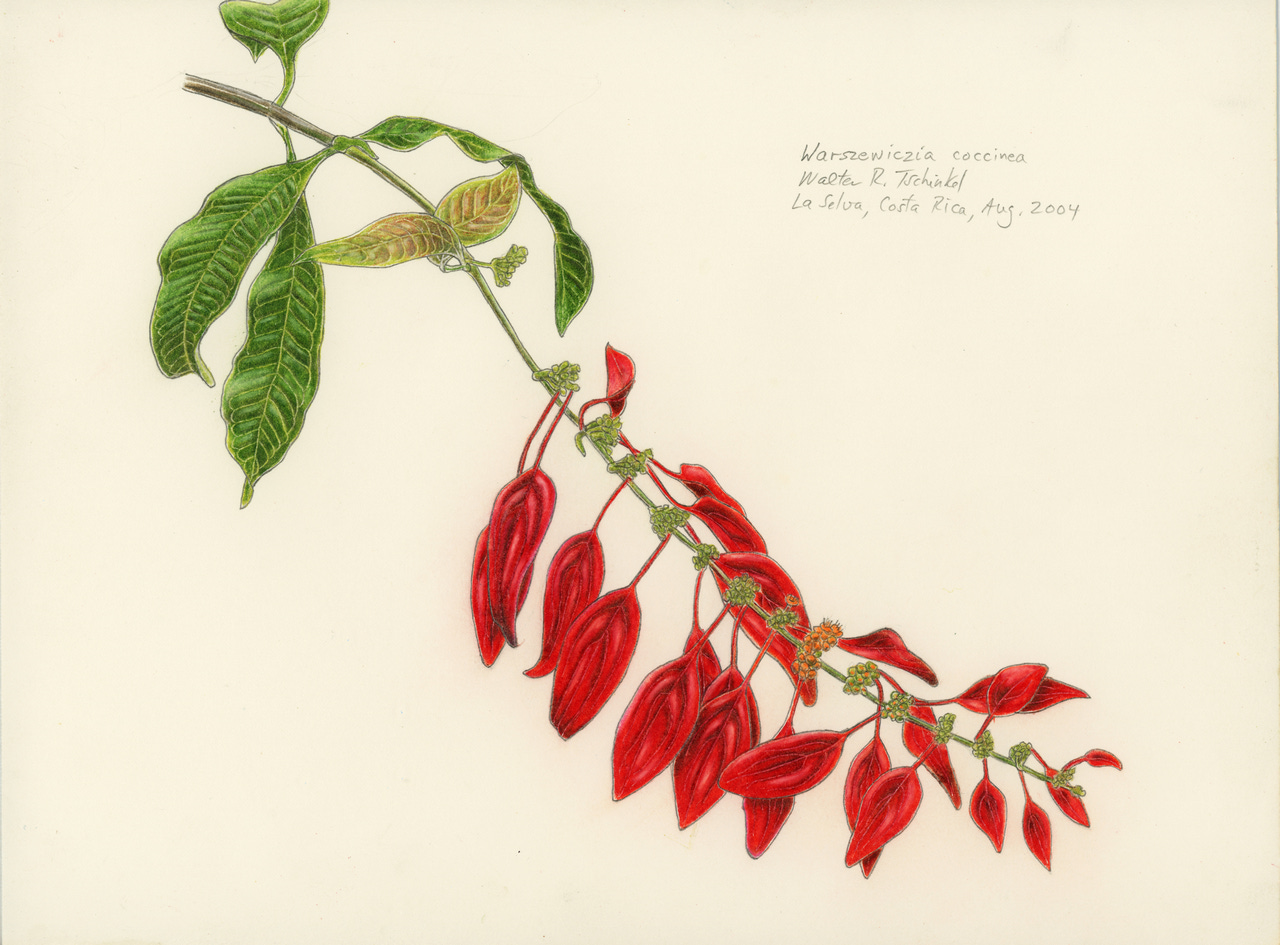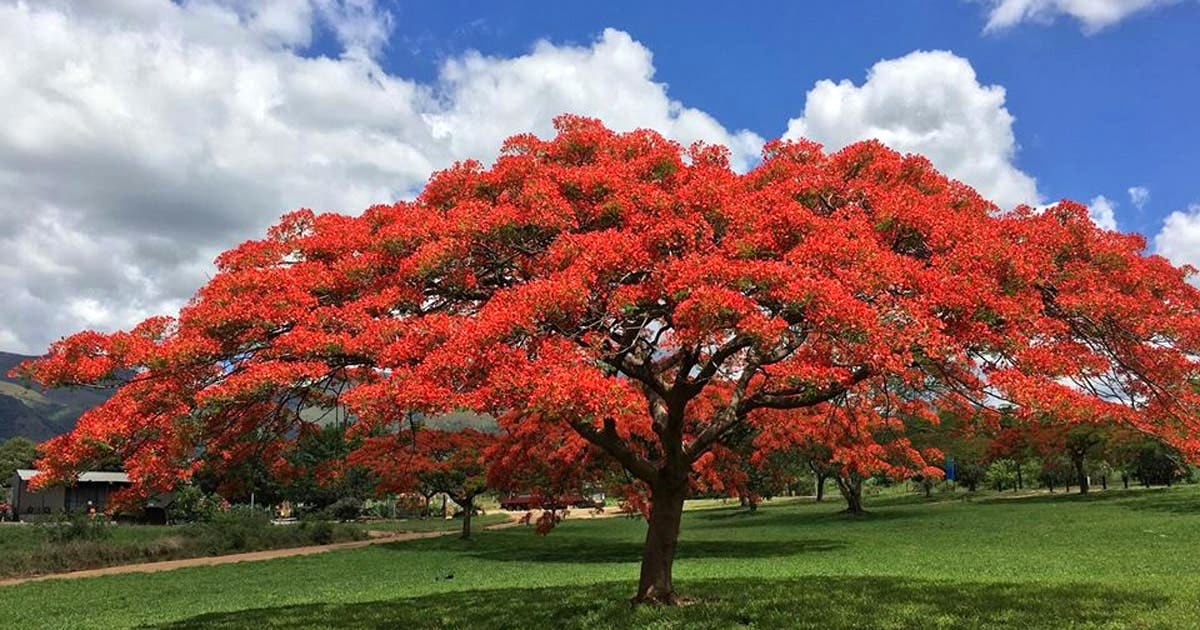By the time our kids are in middle school, most of them probably know that flowers exist to attract insects for their pollination services, carrying the male gametes (pollen) from flower to flower. In college, we add the more sophisticated idea of coevolution, that is, that because flowers can't move to deliver their male gametes, they get pollinators to do the job, attracting them with something of value, such as sweet nectar or a share of their pollen to eat, and signaling those pollinators with brightly colored, variously sized and shaped petals and/or sepals, in other words, flowers. The flowers and insects whose partnerships carry this out more successfully produce more offspring and are therefore favored by natural selection. Pollinator “preferences” and flower characteristics thus evolve together in an endless exchange of "is this better? or how about this?"
We tend not to look too deeply at the individual parts of flowers and how they are assembled into the beauty we enjoy. Most people are probably not aware that flowers originated as leaves or bracts that happened to be next to the plant's sexual organs. As insects visited these sexual organs, accidentally carrying gametes from plant to plant, they began to cue to the size, shape and color of these adjacent leaves and bracts. This began the long process of co-evolution that made the adjacent leaves and bracts into conspicuous flowers of sepals and petals that today attract the services of pollinating insects. That humans came to appreciate the beauty of flowers is just a side effect of the choices made by insects and other pollinators. Do their choices imply that insects have an aesthetic sense? If not, why do people think flowers are beautiful? Agreeing with insects raises the difficult question, is beauty universal?
But this evolution of bright, attractive signals is not a one-time thing, and it does not end. Examples of plants that we think of as having pretty, attractive flowers, but whose true flowers are dinky and inconspicuous abound. Dogwood and Poinsettia are familiar to us all, but their "petals" are actually colored leaves positioned around the actual, rather undistinguished flowers. Sometimes this situation is so obvious that it cannot escape notice, as for example in the understory rain forest tree, Warszewiczia. A cluster of tiny, green flowers is perched at every leaf node on the end of a branch, and the long-stalked leaf at each node is bright red. If you compare the shape and venation of the red "petals" with the regular green leaves, you will convince yourself that these are Johnny-come-latelies to the petal world, jerry-rigged as an afterthought to attract the services of pollinators that would otherwise hardly register the dinky green flowers on the branch.
There are plenty of other examples of such “flowers” that are not actually flowers of the “normal” kind, but leaves that have become colored because they happened to grow near the homely real flower and therefore took over some of the attraction role. I found a shrub (unidentified) in Guatemala that looked like a miser’s version of Warszewiczia. The red flags sticking out of each flower cluster are clearly modified leaves. Maybe some day this bush will grow up to be a Warszewiczia.
The slender real flowers of Indian paintbrush, though they are themselves red, are heavily supplemented by several whorls of bright red bracts, making the whole assembly that much more attractive and conspicuous to insects and hummingbirds.
In the Protea flowers of southern Africa, most of the “flower” is actually several layers of red bracts. And really, with all that color, why bother with petals and sepals? Any pollinator worth its salt would spot this flower from a long way off.
But attracting pollinators is not the only possible function for flowers. When the flower bud opens, the plant signals that it is open for business, and when the flower wilts, it signals that business hours have ended. But the message can be more subtle too and can signal which flower in a crowd of flowers it would pay to visit. This idea came to me as I marveled over the astounding display put on by flamboyant trees. The species is an endemic from Madagascar, but has been planted along streets and in yards throughout the tropics. When this tree decides to bloom, it does so, well ... , flamboyantly, its wide spreading crown an intense, saturated, unbroken scarlet. The tree is wholly deserving of its name.
Like most plants that have been translocated to other parts of the world, it is likely that the flamboyant has left its normal pollinators behind in Madagascar. Whatever pollinates it there must be pretty big, and it is unlikely to be an insect, for insects don't see red. An online search suggested a sunbird. That is pretty reasonable, as sunbirds typically feed on nectar and are diverse throughout Africa, India and southeast Asia. Let's assume that the pollinator is indeed a species (or multiple species) of sunbird, and these birds flock (!) to the blooming flamboyant.
But from the point of view of the flamboyant, the huge, blazing display of thousands of flowers may be effective in attracting sunbirds, but it also creates a pollination problem for the tree. No pollinator can service all those flowers in a reasonable time, meaning that a lot of flowers will go unpollinated, wasting the investment the tree has made in them. The flowering tree and the bird must talk to one another, and not just with the simple message, "I am a flower and have nectar and/or pollen," but with a more time-specific message that goes something like, "get it while it’s hot" or "your dinner is waiting in the gazebo." The pollinator needs to be informed as to which flowers to visit to do the job the tree needs done.
At least that is the theory I have developed after looking closely at flowering flamboyants. The flower has five petals, one of which is upright (called the standard). During the time the flower is open, the lower four petals are all the same scarlet color, but the standard is first a streaky shade of red on a white and yellow background, then turns fully red. The streaking is short-lived and seems to be a message to the pollinator that this would be just the perfect time to be visiting this particular flower, with benefit to both bird and tree. By the time the standard is fully red, it is too late, and the store is closed. I believe when a tree produces tens of thousands of blossoms at the same time, it has to provide its pollinators with additional, more precise information. This way, the tree and the birds are nicely coordinated, getting the job done in an efficient manner, so the tree can go on to produce millions of seeds and the bird can get the energy to nest, lay eggs and rear its demanding young.

Evolution always uses what already exists to make something new, as for example, to use the standard as a more precise sort of kitchen timer for pulling the eggs out of the boiling water at the right moment. Whereas the origin of the parts of a flamboyant flower may no longer be apparent, in Warszewiczia, Indian paintbrush and many others, you simply can't miss how they started out.






This was great! I really enjoyed the many examples of a single idea, and I think your theory sounds perfectly plausible!
Just set up a pollination cage at my house for the WISFAL population of Medicago falcata (yellow alfalfa) with alfalfa leaf cutter bees. May have too high a bee/flower ratio because there are some bee fights going on whenever I look.